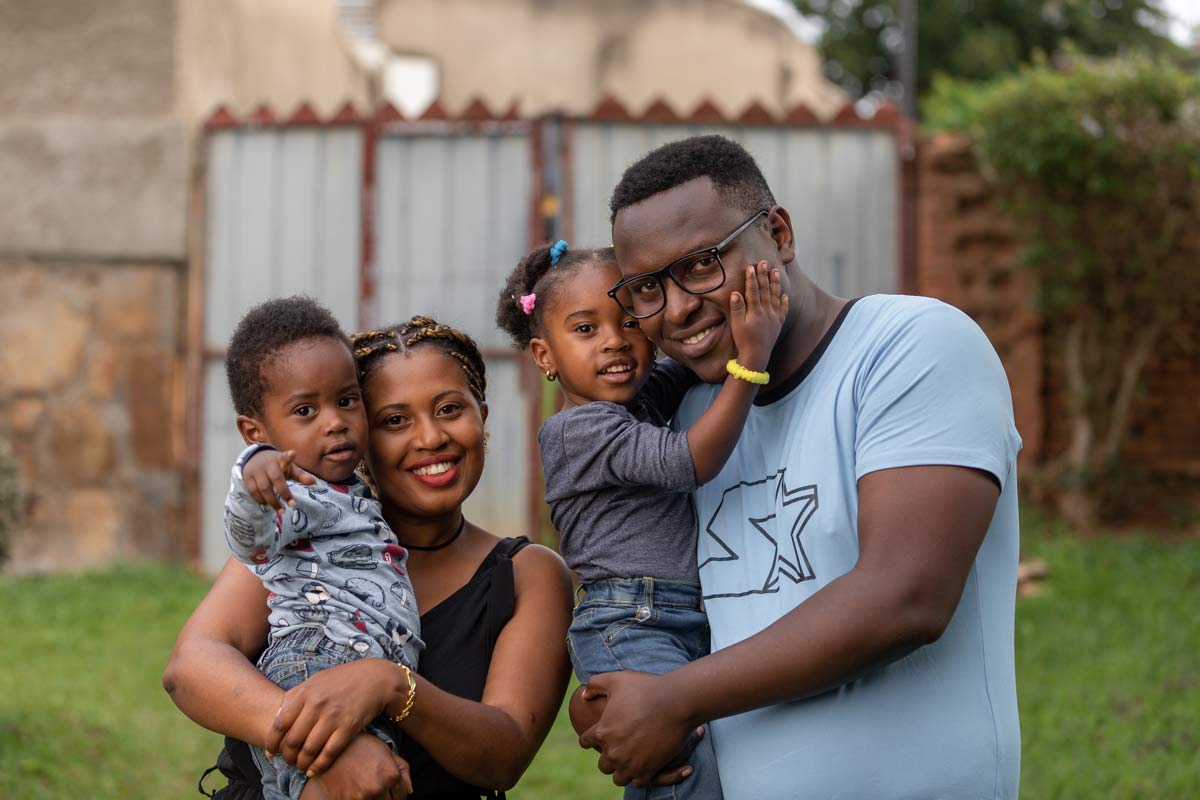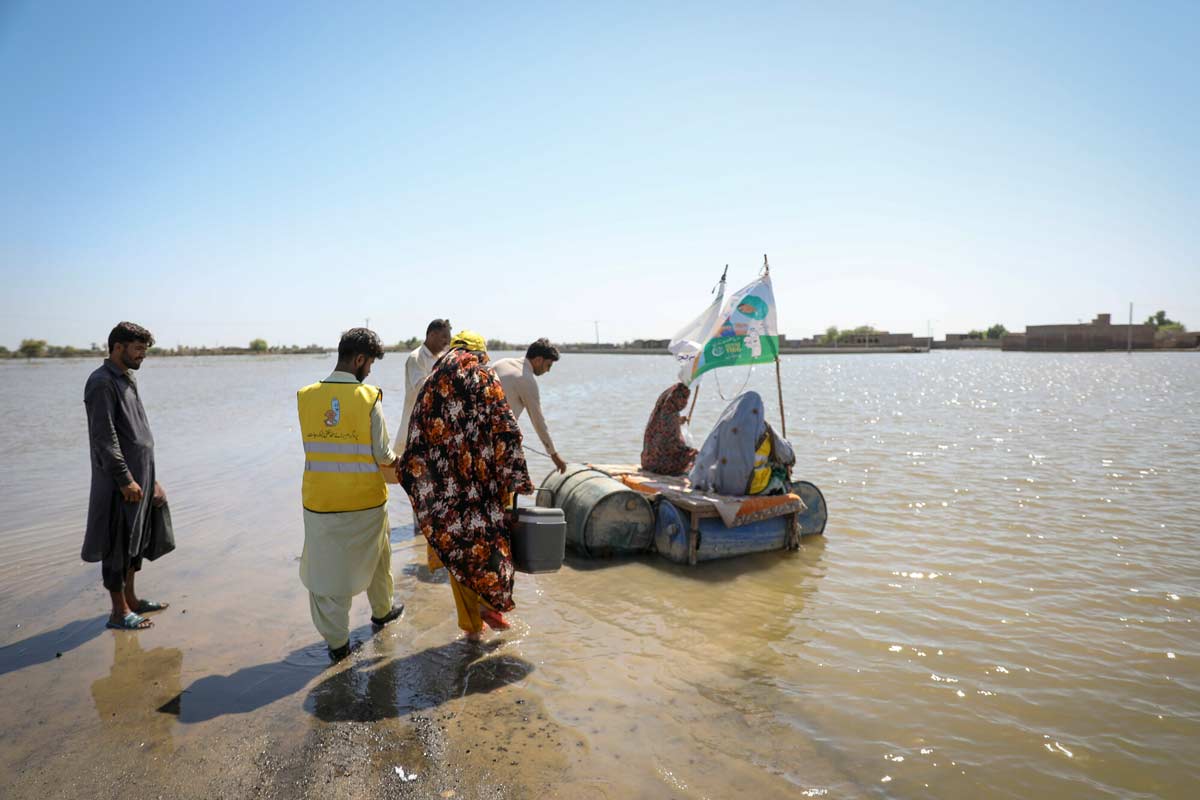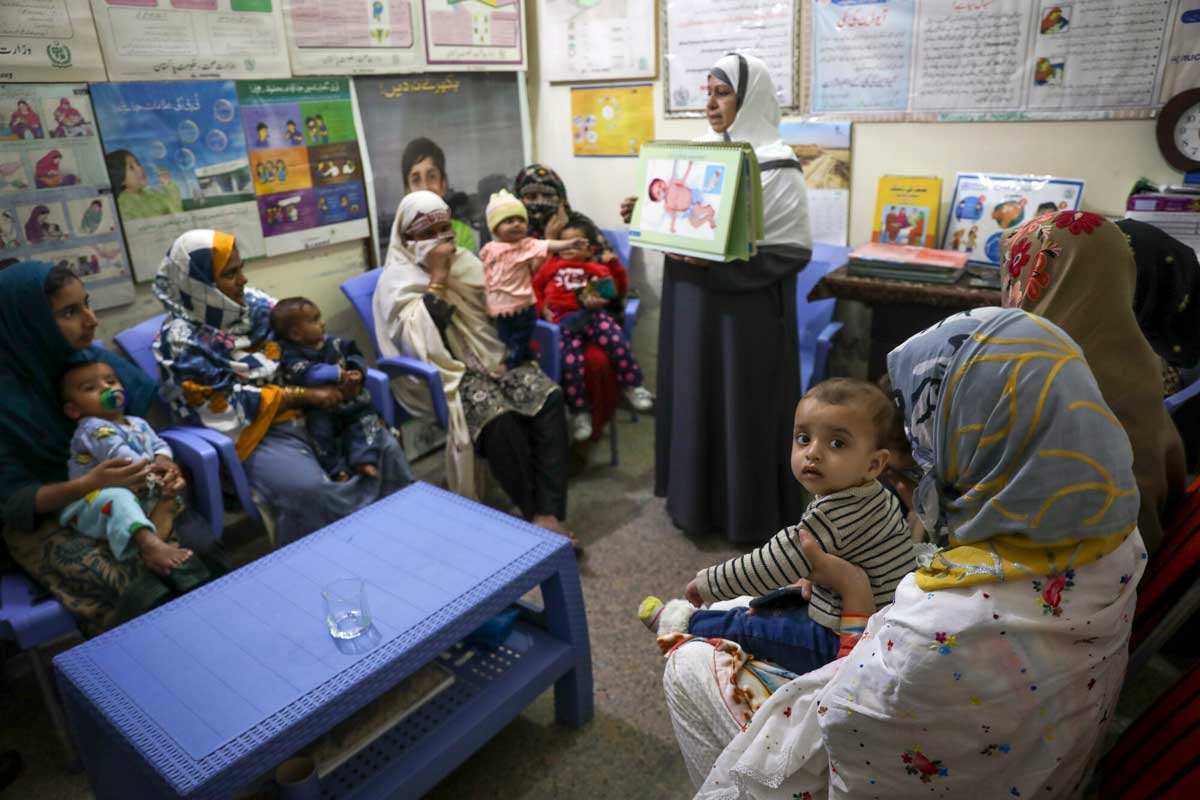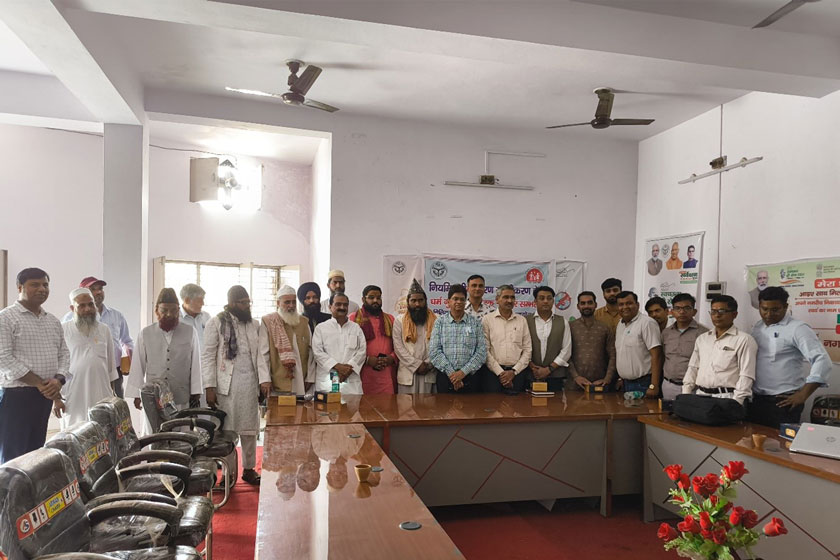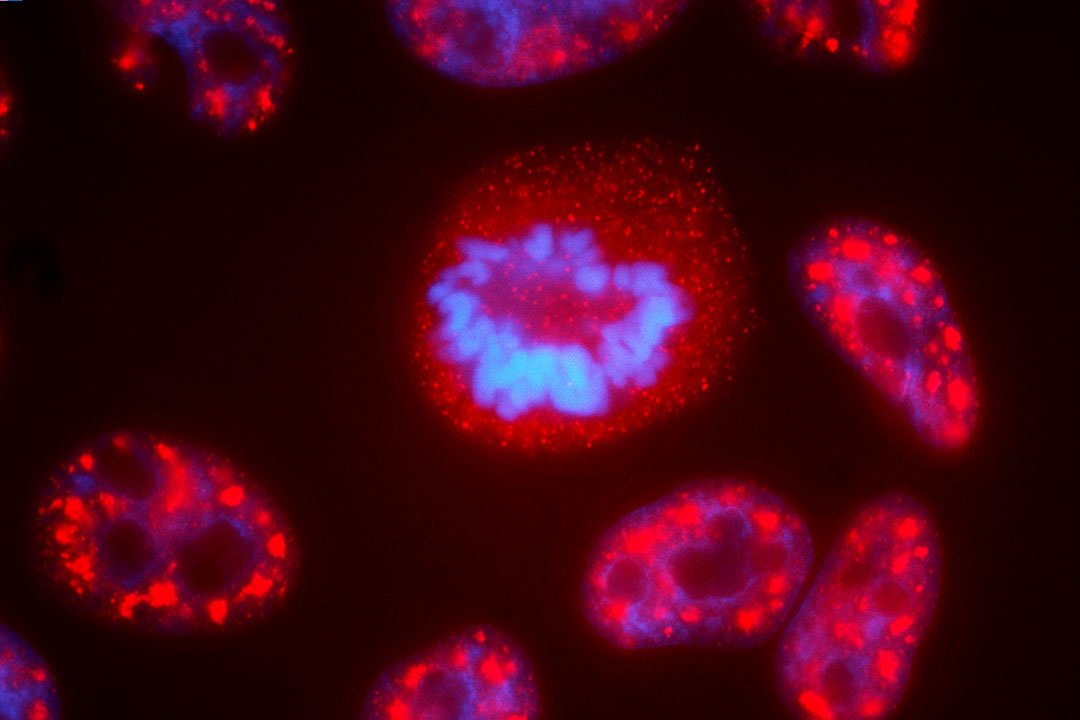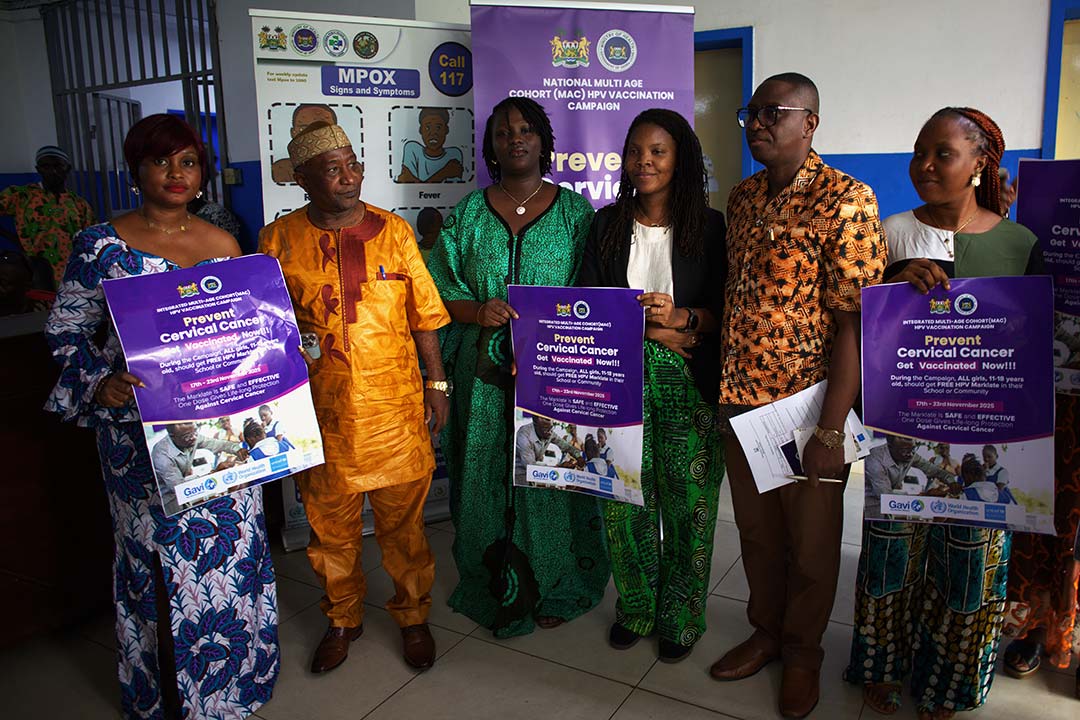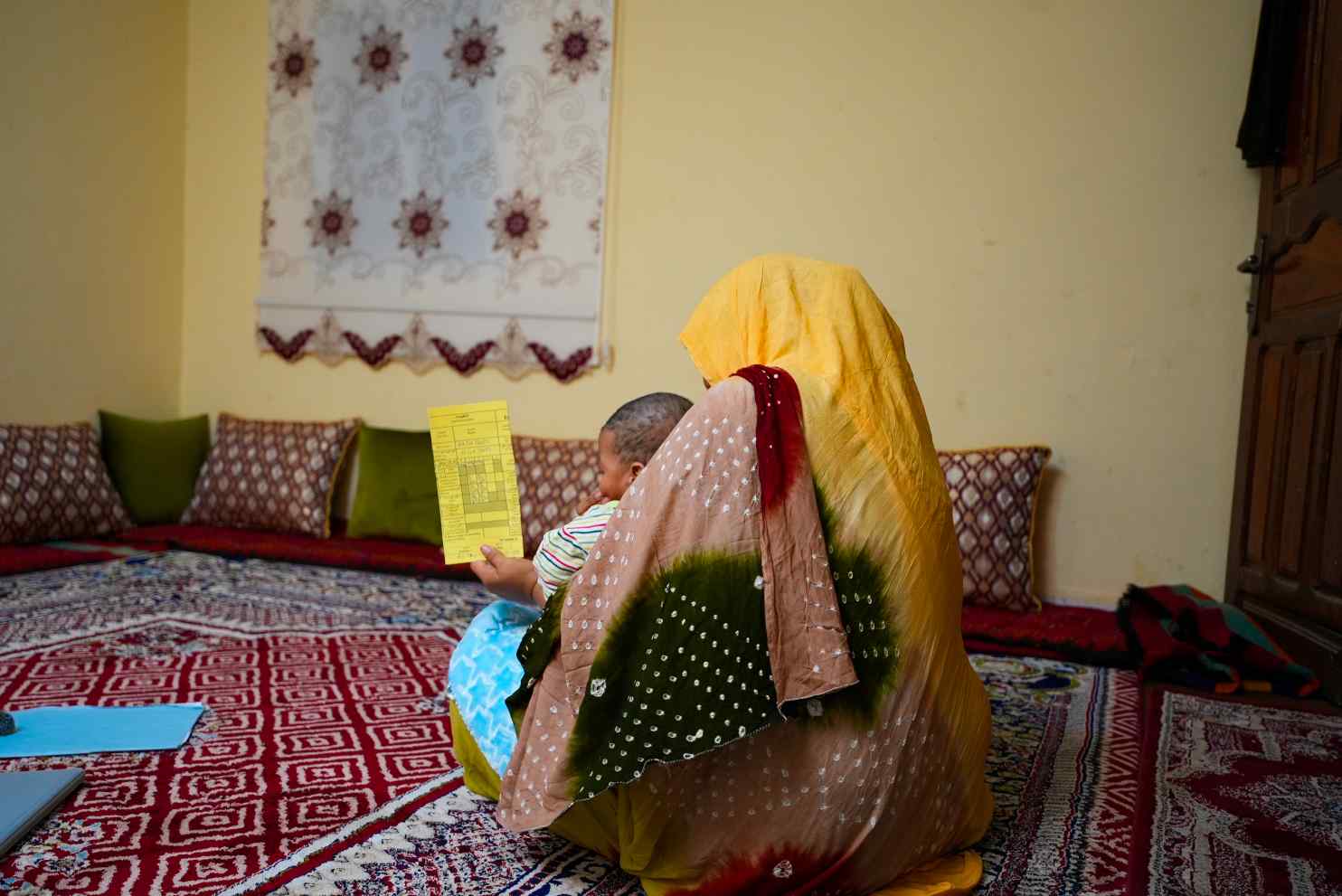Reaching the unimmunised: a VaccinesWork briefing
Despite incredible progress in improving access to immunisation, millions of ‘zero-dose’ children still miss out on vaccines every year.
- 2 December 2024
- 4 min read
- by James Fulker , Maya Prabhu
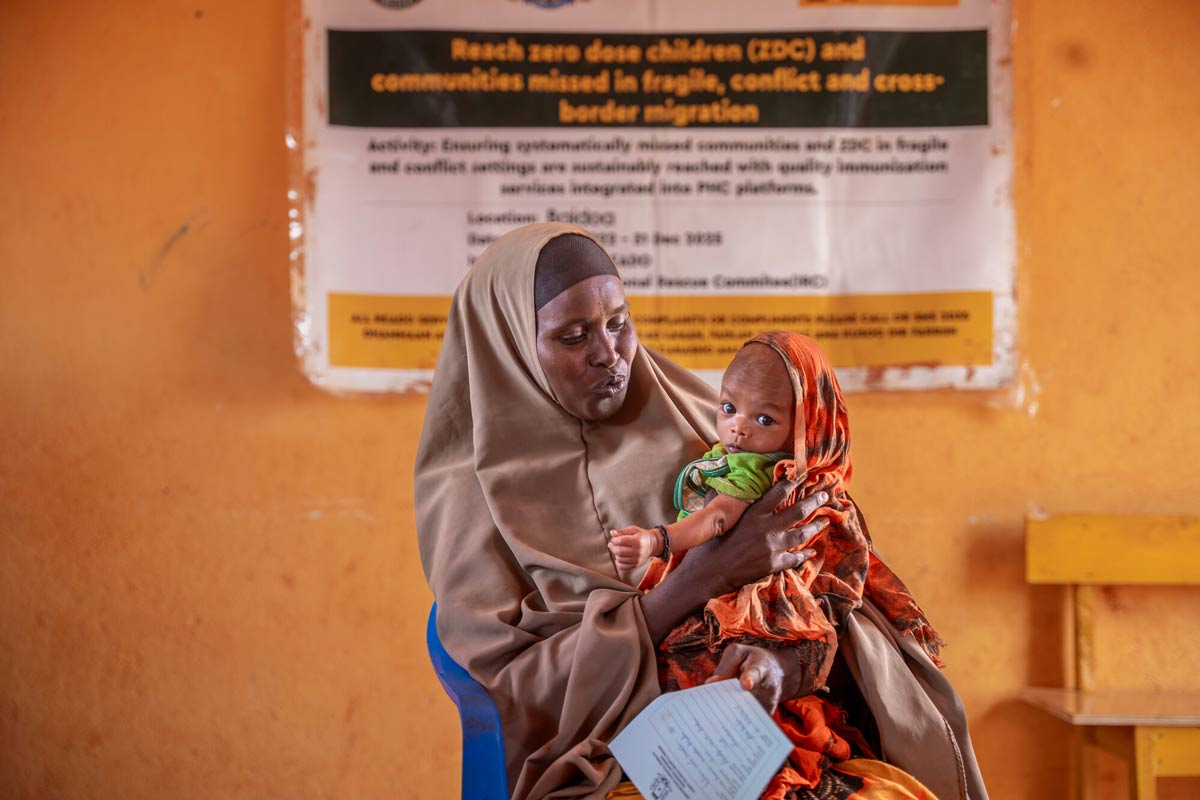
The last quarter of a century has seen arguably the most remarkable improvement in child health in history. Child mortality has halved. Four fifths of children now have access to routine vaccines that protect against some of the deadliest and most debilitating diseases, compared to just over half in 2000. One alliance – Gavi – has helped over 1.1 billion children, one eighth of humanity, to access vaccines.
Yet this incredible, momentous change for most of the world isn’t shouted in headlines. It is whispered.
It’s documented in hospital beds quietly emptying, paediatricians moved off the measles ward. Parents deciding that they don’t need another child because these ones will survive. A mother going for that promotion because she doesn’t have to spend months at home looking after her sick daughter. That same daughter deciding to go to university because she was healthy and happy enough to complete her exams.
It’s difficult to measure an absence of suffering, but we can estimate just how many people are alive today thanks to the work of the Vaccine Alliance: 18.8 million. Imagine if a disaster wiped out the entire population of New York. This is the disaster that vaccines have prevented since 2000, with all the suffering, the grief, the economic impact that it would have brought.
But – there must always be a but – we still have a long way to go until we can say ‘mission complete’. The headline figures mask the fact that most of this progress took place in the first 10–15 years of this century with creeping improvements in the years since, hit by a substantial drop during the COVID-19 pandemic.
In recent years there have been new vaccines rolled out, outbreaks vanquished and innovations introduced, but in 2023 there were still 14.5 million unimmunised, or ‘zero-dose’, children out there, missing out on basic, routine vaccines. Eleven million of them live in lower-income countries.
And if they’re missing out on vaccines – the most cost-effective, widely-available health intervention there is – they’re likely to be missing out on other forms of basic health care, as well as education, sanitation and all the other basic necessities we need for a good start in life.
These are the very hardest-to-reach children living in the hardest-to-reach communities; from the most remote rural areas, completely off the grid, to our biggest cities. We know that one of the biggest contributing factors is, understandably, conflict and fragility, with a more precarious world making access to basic health care that much harder.
The fact that these communities are so tough to reach means business-as-usual won’t work for the hundreds of thousands of health workers striving to ensure every child has access to vaccines. It takes new tactics, solid research on what works and dissemination of best practices. It takes innovation, dedication, passion. Most of all, it takes hard work.
On VaccinesWork we’ve talked to countless health workers who undertake epic journeys, engage faith and community leaders, try new things to ensure that no child is left behind. Some of our favourite stories about these individuals are listed below.
Gavi is currently fundraising to ensure these heroes continue to be supported over the next five years. If we are to close the immunisation gap and help ensure a happy, healthy childhood for that final one fifth of children missing out on vaccines, they will need all the support we can give them.
The Editors
No mountain high enough: Ethiopian vaccinators climb to reach missed-out children
Mountainous Ambassel in Ethiopia has limited road access, a spotty electricity supply and, local authorities say, the lowest immunisation rates in Amhara region. Health workers like Meseret Belay are trying to change that – on foot, one five-hour trek at a time.
Slipping through the cracks: urban under-immunisation on Bengaluru’s margins
Despite a perception that unimmunised children typically belong to hard-to-reach, remote communities, a great number of them – like those we met in Bengaluru’s outskirts – live hidden in plain sight.
“A great relief to us”: vaccines reach nomad families in Kenya
Locals say that without regular visits from the health-facility-on-wheels, their children might have missed out on life-saving vaccinations.
The female bridge: how a new link in the health care chain helps vaccines reach kids in under-immunised Lakki Marwat
In a culturally conservative part of north western Pakistan, mothers were disconnected from a very male health care system until female community workers – like Nusrat Bibi – built a bridge.
The Zero-Dose Child: explained
Despite decades of progress increasing access to immunisation in lower-income countries, millions of children still go without basic, routine vaccines every year. Here’s our explainer from 2001 on why Gavi was focused on reaching them.
